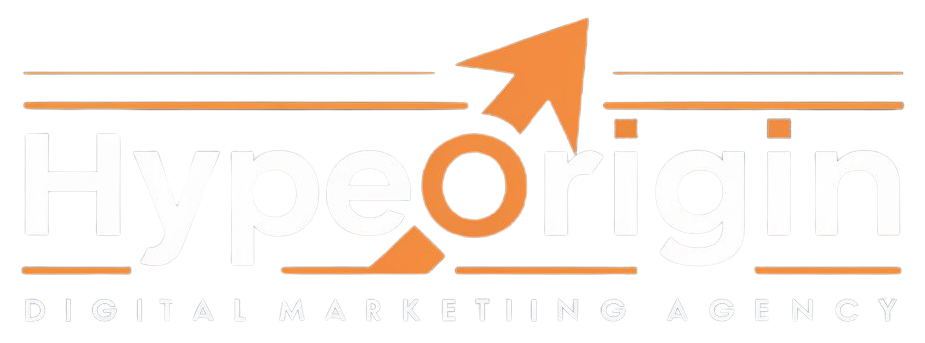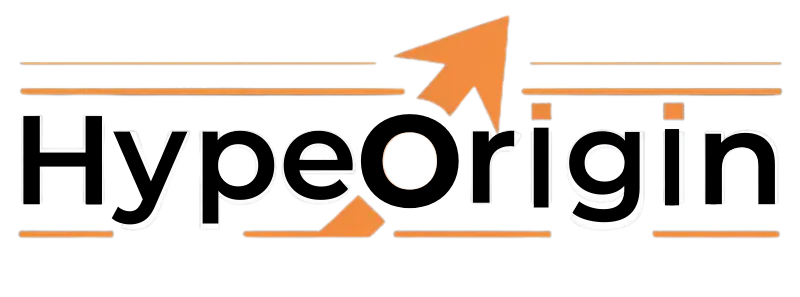Creating an eLearning website can be a game-changer for educational institutions and businesses. With the rising demand for online education, it’s crucial to ensure your platform stands out. But what features are essential for a successful eLearning website? In this article, we’ll dive into the top 10 must-have features that will not only enhance the user experience but also ensure your platform is efficient and scalable.
User-Friendly Interface
Intuitive Navigation
First impressions matter. When users land on your eLearning website, they should be able to navigate effortlessly. Intuitive navigation involves clear menus, easy-to-find buttons, and a logical flow of information. A well-organized layout helps users find what they’re looking for without frustration.
Responsive Design
In today’s mobile-driven world, your eLearning website must be accessible on all devices. Responsive design ensures your site looks great and functions well on desktops, tablets, and smartphones. This flexibility enhances user experience and ensures learners can access courses anytime, anywhere.
Robust Course Management System
Course Creation Tools
A robust course management system (CMS) is the backbone of any eLearning website. It should offer comprehensive course creation tools that allow instructors to easily upload content, create assignments, and manage student progress. Features like drag-and-drop interfaces and pre-designed templates can make course creation a breeze.
Course Categorization
Organizing courses into categories helps students find the right content quickly. Implement a system that allows for multiple categorizations, such as by subject, level, or format (video, text, quiz). This structure makes the learning experience more streamlined and enjoyable.
Multimedia Content Support
Video and Audio Integration
Learners engage more with multimedia content. Ensure your platform supports high-quality video and audio integration. Whether it’s recorded lectures, podcasts, or video tutorials, multimedia elements can make learning more dynamic and interactive.
Interactive Elements
Incorporating interactive elements like quizzes, polls, and simulations can significantly boost engagement. These features allow learners to apply what they’ve learned and receive immediate feedback, making the learning process more effective.
Secure Payment Gateway
Multiple Payment Options
A secure and flexible payment gateway is essential for any eLearning website offering paid courses. Provide multiple payment options, including credit/debit cards, PayPal, and other e-wallets, to cater to a diverse audience.
Data Encryption
Security is paramount when handling financial transactions. Implement robust data encryption methods to protect sensitive information and build trust with your users.
User Management
Student Profiles
User management features should include comprehensive student profiles where learners can track their progress, manage their courses, and view their achievements. This personalization helps in providing a tailored learning experience.
Instructor Profiles
Similarly, detailed instructor profiles can build credibility and trust. Instructors should be able to showcase their qualifications, experience, and courses offered. This transparency helps students make informed decisions about their learning journey.
Progress Tracking and Reporting
Analytics Dashboard
An analytics dashboard provides valuable insights into learner progress and course performance. Features like heatmaps, completion rates, and engagement metrics help instructors understand how students are interacting with the content and identify areas for improvement.
Completion Certificates
Rewarding learners with completion certificates can motivate them to finish courses. These certificates can be customized with your branding and integrated with platforms like LinkedIn to showcase their achievements.
Discussion Forums and Social Learning
Peer-to-Peer Interaction
Learning is often enhanced through collaboration and discussion. Incorporate discussion forums where students can interact with peers, ask questions, and share knowledge. These forums create a sense of community and enhance the learning experience.
Community Building
Building a community around your eLearning platform can increase engagement and retention. Features like study groups, social media integration, and live webinars can help foster a supportive learning environment.
Mobile Compatibility
Mobile App Integration
Offering a dedicated mobile app can provide a seamless learning experience. A well-designed app can offer offline access, push notifications, and an optimized interface for mobile users, ensuring that learning is always within reach.
Mobile-First Design
Adopting a mobile-first design approach ensures that your website is optimized for mobile devices from the ground up. This strategy not only improves user experience but also boosts your site’s SEO performance.
Scalability and Performance
Cloud Hosting
Scalability is crucial for handling increased traffic and content. Cloud hosting solutions offer flexibility and reliability, ensuring your site performs well even during peak usage times.
Load Balancing
Implementing load-balancing techniques can distribute traffic evenly across servers, preventing downtime and ensuring a smooth user experience. This feature is essential for maintaining performance as your platform grows.
Customer Support and Chatbots
24/7 Support
Providing round-the-clock customer support can enhance user satisfaction. Whether it’s live chat, email, or phone support, being available to assist learners anytime they need can significantly improve their experience.
AI Chatbots
AI chatbots can handle common queries and provide instant support, freeing up your customer service team for more complex issues. These bots can guide users through course selection, troubleshooting, and more.
SEO and Marketing Tools
SEO Optimization
Optimizing your eLearning website for search engines is crucial for attracting organic traffic. Use SEO best practices like keyword optimization, meta tags, and quality content to improve your site’s visibility.
Marketing Automation
Marketing automation tools can help you manage email campaigns, track user behavior, and analyze marketing performance. These tools ensure you can effectively promote your courses and engage with your audience.
Compliance with Standards
Accessibility Features
Ensuring your eLearning website is accessible to all users, including those with disabilities, is not only a legal requirement but also an ethical one. Incorporate features like screen reader compatibility, keyboard navigation, and subtitles for videos.
GDPR Compliance
Adhering to GDPR and other data protection regulations is essential for protecting user data and avoiding legal issues. Implementing strict data privacy policies and obtaining user consent for data collection are key practices.
Gamification Features
Badges and Rewards
Gamification elements like badges, rewards, and points systems can increase learner motivation and engagement. These features provide a sense of achievement and encourage continuous learning.
Leader boards
Leaderboards create a competitive environment that can further drive engagement. By displaying top-performing students, you can inspire others to improve their performance and participate more actively.
Conclusion
Incorporating these must-have features into your eLearning website can significantly enhance the user experience, improve engagement, and ensure your platform’s success. From a user-friendly interface to robust course management and gamification elements, each feature plays a vital role in creating a comprehensive and effective learning environment. Investing in these features will not only attract more learners but also retain them, ensuring long-term growth and success for your eLearning platform.
FAQs
1. How do I ensure my eLearning website is secure?
Implementing data encryption, secure payment gateways, and regular security audits are essential steps to ensure your eLearning website is secure.
2. What types of multimedia content should I include?
Incorporate a mix of videos, audio files, interactive quizzes, and simulations to make the learning experience more engaging and effective.
3. How can I improve user engagement on my eLearning website?
Using gamification elements, interactive content, discussion forums, and personalized learning paths can significantly boost user engagement.
4. What are the benefits of using a mobile-first design?
A mobile-first design ensures your site is optimized for mobile devices, improving user experience, accessibility, and SEO performance.
5. How do I choose the right course management system?
Consider factors like ease of use, customization options, scalability, and integration capabilities when choosing a course management system for your eLearning website.


